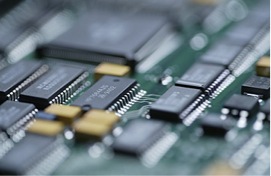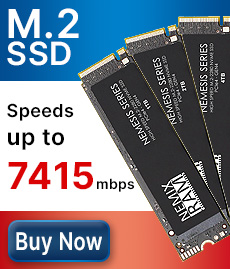
The world of computers can seem confusing. Technical terms are mentioned seemingly at every turn without much explanation, and if you’re not a techie or don’t work in the industry, this can leave you feeling flummoxed. And ‘primary storage’ and ‘secondary storage’ are two prime examples of this. You may have heard the terms while out and about, but what exactly do they mean? To help you get your head around it, we’ve explained the terms below, as well as giving you some tips for how much you will generally need to get by. Today most believe that primary storage is your main internal hard drive and secondary is any other drive connected. Here is what they really mean.
Primary storage
RAM (Random Access Memory) is a key example of primary storage. The fastest memory in the computer, it only holds onto information for a short period of time while the computer is running, with this data generally deleted as soon as the computer is turned off. Primary storage kicks in when a user activates a program, which results in the information being moved from secondary storage devices into the RAM and cache of primary storage, to enable the computer to actually use the information it contains.
RAM comes in a number of capacities, and despite common belief, the largest isn’t always the best if you’re a causal computer user. Most systems come with between 4 and 8GB of RAM, so this is usually the most you will need for the time being. If however you’re playing it cautious, use specialist software or simply want to be prepared, you might consider going for a machine with 16GB of RAM – or indeed updating your existing device. You can get RAM with larger capacities, but this is generally a waste unless you are using your machine for video editing for example.
Secondary storage
Secondary storage on the other hand holds onto information for a longer period of time – in fact, until it is manually deleted. Secondary storage includes hard drives, USB flash storage, CD-RW and even floppy disks – remember them?! Anything stored in the primary memory that needs to be remembered long term is transferred back to secondary memory when it is saved.
When talking about hard drives, again there is no written rule; it all depends on what you use your computer for and how many files, folders, videos and songs you have to store. Computers tend to come with between 500GB and 1TB hard drives nowadays, which provides more than enough for the Average Joe. However work computers and those who boast large back catalogues on their machines may need more. Hard drives are simple to swap so if you find you’re running low on space you can upgrade your machine easily. However if you already have a large internal drive, then it may be time to consider an external hard drive.









